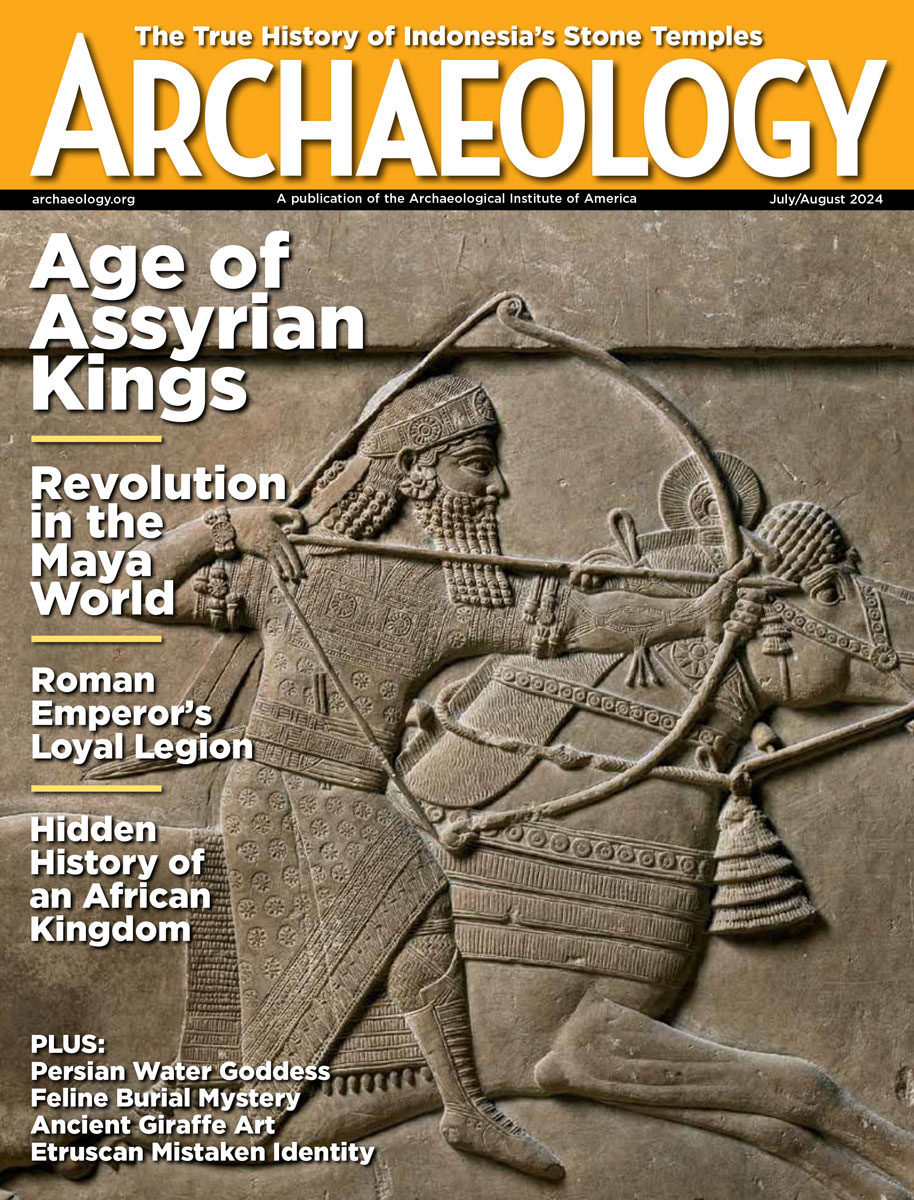Friday, July 18
July 18, 2008
The bones of four US soldiers who died in 1846 during the Mexican-American War have been gathered in northern Mexico. “There are proposals … to return those individuals found so far to the United States, and for them to return those that they have from battles that took place in their country,” read a statement from Mexico’s National Institute of Anthropology and History.
An audit shows that 50,000 items are missing from 1,600 museums in Russia. “Yes, there have been thefts. Museum staff [members] have used their contacts to steal some of the artifacts without a trace. But most has simply been lost during transportation,” said Ilya Ryasnoi of the Interior Ministry. The auditors have 400 more museums to investigate.
This video from National Geographic News shows scientists unwrapping the unusual Chancay mummy bundle recently discovered in Peru. The man had been buried with balls of raw cotton, an empty bag and a loop of yarn, corncobs and corn kernels, and metal covers over his eyes, in addition to a piece of metal in his mouth. “We know he’s elite-he had access to metals, he was buried in an important place. But beyond that, I’m not sure,” said anthropologist Kit Nelson of Tulane University. Be sure to watch the video and read the article for all of the information. Â
See the world’s earliest oil paintings, located on the carved walls and ceilings in the caves at Bamiyan, Afghanistan, in this video from BBC News. The accompanying article echoes the video and has photographs of the paintings.  Â
Excavations continue at Crown Point, home to first a French fort and then a British one at Lake Champlain. “The two forts there really played a major role in shaping North America. All the great figures in American history came to see Crown Point,” said historian Russell Bellico.
- Comments Off on Friday, July 18









